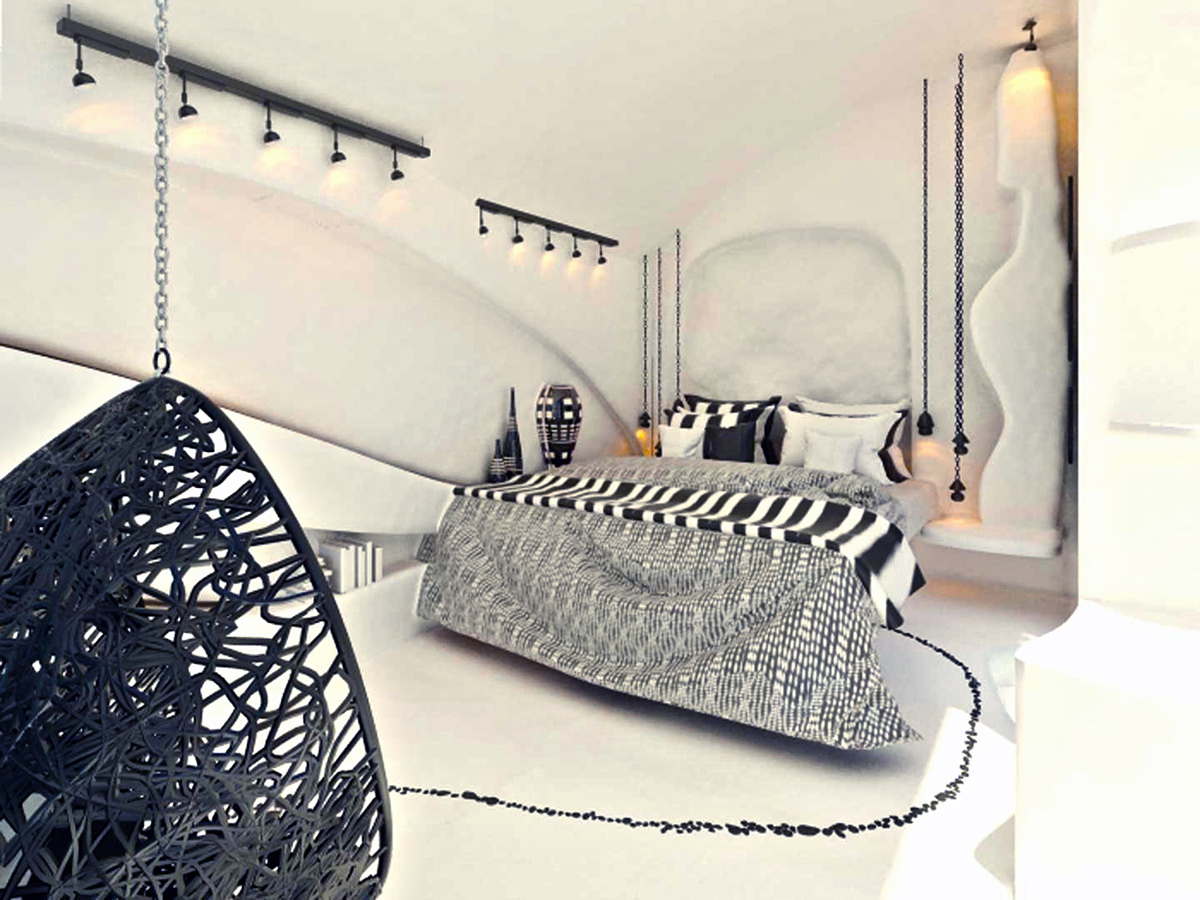
Boutique hotels – The spirit of the place
The term “Boutique hotel” is used to describe small scale hotels with luxury facilities in unique, intimate and welcoming settings with full accommodation. The Boutique hotels are believed to have been conceived in the early 80’s. This type of hotels attract mainly customers in their early 20’s to mid-50’s, with mid to upper income averages, who seem to seek a special and differentiated property, able to fulfil their individual needs. Boutique hotels cannot be quick-fixed, as the architecture and design are crucial to their identity. Style, distinction, warmth and intimacy are key words in the architecture and design of boutique hotels.
The architecture of Boutique hotels is defined by the desired high level of service, the target market and the exact location of the establishment.
The desired level of service in Boutique hotels is such that all hotel staff must know the guests by their names. As a consequence, Boutique hotels are, by definition, small scale hotels. They range from completely new ones to old houses of aristocratic families that have been renovated, or even former industrial spaces, warehouses, etc. but definitely buildings with character.
The location, in other words, the “genius loci” (the spirit of the place) is a key element in architectural design. In resort destinations, boutique hotel architecture may vary from the local traditional architecture with a contemporary twist, in a place with a distinctive architectural tradition, to more naturalistic designs in places where eco-architecture is the answer, or of course contemporary architecture.
I can briefly analyse two recent design examples of Boutique hotels, developed in two areas with totally different architecture.
The Ionian Sun in Kefalonia, Greece, designed by the creative studio Utopia landscapes. The design brief of this hotel was to refurbish and fully redesign a diverse collection of aged buildings and outdoor spaces, upgrading them into a luxury Boutique hotel. The traditional local architecture and the natural landscape of Kefalonia island formed the conceptual basis for the aesthetic transformation of the property. The complex appears to emerge from the surrounding landscape. The naturalistic forms comfortably take their place on the building, completely transforming it into a striking, yet elegant landmark.

The Dome Resort in Santorini, Greece, designed by Utopia-landscapes. In terms of design, the “Dome resort” masterplan was based on the evolution and transformation of soft, curving forms. The organic minimalist form, which is at the heart of the design, flows from one transformation to the next, forming walls, then seating benches, then evolving into parterres, pools, yards, bars and restaurant spaces. The flowing lines and embracing spaces provide seclusion, while ensuring uninhibited sea views to the villas’ visitors. With this organic form as a constant reference throughout this landscape, the variations in scale, texture and colour create an interplay, underlined by the strong light-and-shadow contrasts of the Mediterranean climate. However, the aesthetic and architectural characteristics of the island’s traditional villages have also been drawn upon, to ensure the design of this Boutique hotel respects and blends into the local history.
The communal outdoor spaces provide a flow of alternative activities and experiences. The wandering visitor will be enthralled by the secret corners overlooking the sea, waiting to be discovered. The luxurious bar and restaurant areas provide both privacy and exclusive design. The plasticity of the organic forms creates pool bars and seating areas with views to the sea, the minimalist gardens and the wall of world-renowned Santorini wines. The restaurant area has secluded spaces with the seductive qualities of private dining, in front of the Aegean. At the same time, both the pool bar and the restaurant area are open enough to provide a “party feeling” whenever desired.
The role of the designer in this type of projects is to merge the natural features of the landscape and the local architectural character with modern design trends in such a way as to create a unique and memorable experience of style, luxury and comfort for the Boutique hotel’s visitor. The challenge is to provide top-class facilities while creating the illusion that all these man-made spaces are part of the natural scenery that they emerged effortlessly, without disturbing the existing balance of the landscape.
In summary, I think it’s fair to say that a Boutique hotel must be truly unique and memorable in its very own right, providing the visitor with exclusive service, elegantly designed facilities and all contemporary comforts.





